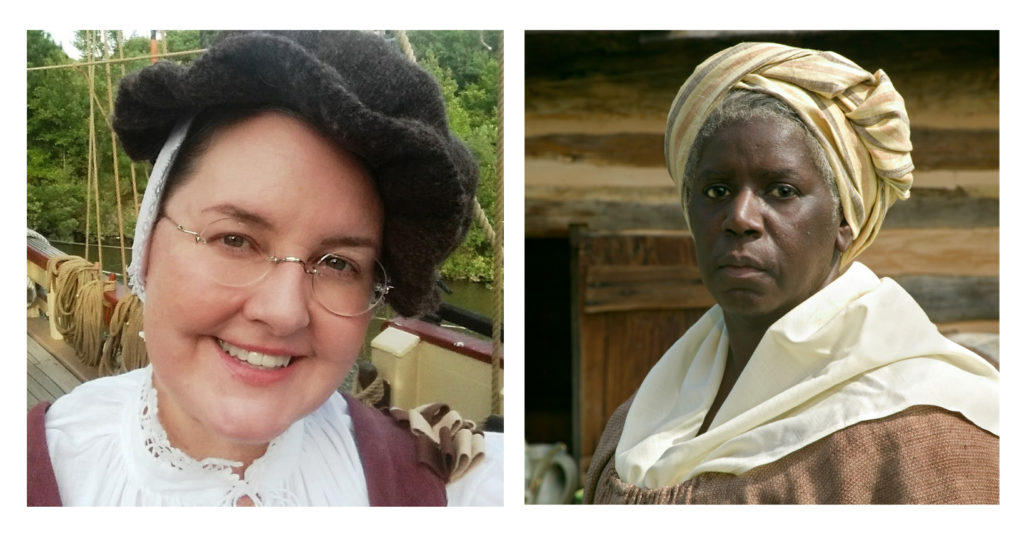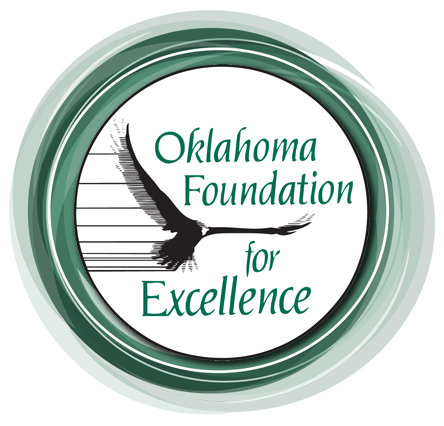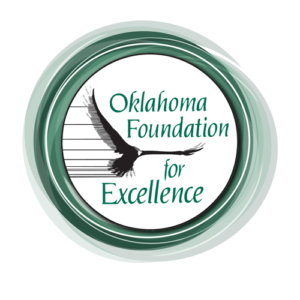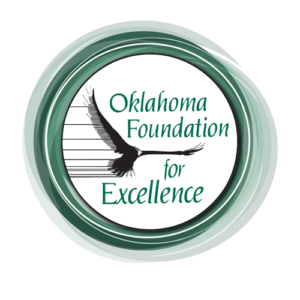Life in Jamestown Colony: Marye Bucke and Angela
Explore differing perspectives on the successes and challenges of life in early Jamestown. Meet Marye Bucke, wife of the Reverend Richard Bucke, and Angela, one of the first Africans to arrive in Virginia. Compare and contrast their journeys to the colony and personal experiences living in the fledgling Jamestown settlement, including the trials of daily life during the winter 1609–1610 “Starving Time.”
Click below to see additional responses to students’ questions submitted during our February 5 program.

About Rebecca Suerdieck
Suerdieck is a domestic historian and educator, specializing in English life in 17th-century Virginia. She has served the guests of Historic Jamestown for 20 years. She enjoys exploring the different aspects of her research with self-initiated projects. To accompany primary sources, she takes it upon herself to actually do what she reads about. These projects have included making cheese over an open fire, making salt from sea water, and making research trips to England and Bermuda to walk in the footsteps of her character: Marye Thorowgood Bucke. She also recreates many aspects of 17-century daily life that were known by the first English women in Virginia.
About Valarie Gray Holmes
Holmes creates roles with the mission to portray with dignity the complexity of life of enslaved and free African American women. Her characters exhibit determination, courage, and faith, despite individual bondage and fracturing of their families, to ensure that their families and communities thrive. A native of New Jersey, Holmes earned her bachelor’s degree in marketing from Hampton Institute and her master’s degree in performing arts from Regent University. She was nominated as Best Actress by Portfolio Magazine for her portrayal of Margaret in James Baldwin’s “Amen Corner.” She received the Women in American History Award in 2015 from the Williamsburg Chapter, National Society of DAR.
Suggested Classroom Activities
A. Enslaved
Colonial Williamsburg Resource Library: Enslaved
When the American Revolution began in 1775, slavery was a strongly entrenched economic and legal institution in all 13 American colonies. Yet this system of hereditary bondage had developed relatively gradually in the decades following the arrival of the first Africans at Jamestown in 1619. Learn how the institution developed and why.
Use the accompanying lesson resources (top tabs). After watching part 3 of the video, compare Equiano’s story to Angela’s story.
B. Starvation at Jamestown
Colonial Williamsburg Resource Library: Starvation at Jamestown
Students review the circumstances of the founding of Jamestown and the Starving Time.
Then, in groups, they read a primary source quote that describes actions taken by the colonists to stay alive during the starving time. Finally, students explore the recent discovery of cannibalism during the Starving Time, the science behind the discovery, and what the discovery means for our understanding of early Jamestown.
C. Legacies of Jamestown
Legacies of Jamestown – History Is Fun
Students will design a poster or create a work of art to describe and illustrate the legacies of Jamestown.




